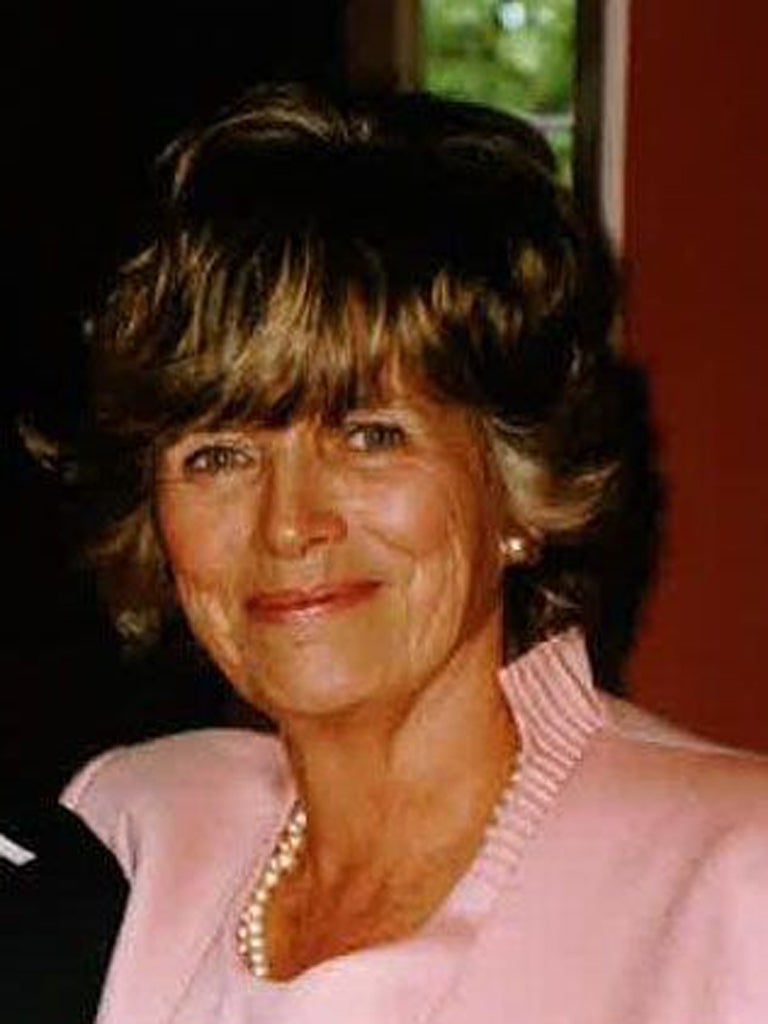Professor Dorothy Wedderburn: Eminent social scientist
A Communist at Cambridge, she left the Party but remained on the left of the labour movement

Dorothy Wedderburn was one of this country's most distinguished social scientists, establishing industrial strategy as a major discipline and identifying many of the problems of poverty which would have an impact on political and academic policies; she was also the major architect behind the merger of Bedford New College and Royal Holloway College, guiding the new institution through the difficult 1980s to become the highly esteemed institution that it is today.
A warm, dynamic, directly spoken woman, Wedderburn was born in Walthamstow, London in 1925. She was fiercely proud of her working-class background; her father, Frederick Barnard, was a carpenter and a trade-union activist while her mother Ethel, had left school at 13 to work in service. They were determined that their children would receive the opportunities they had missed; Dorothy's brother George won a scholarship to Cambridge and later become president of the Royal Statistical Society.
Wedderburn went to the local high school for girls and in 1943 won a scholarship to Girton College, Cambridge, reading economics. She joined the Communist party, as had her brother, and although she left in the late 1950s, she remained a left-wing member of the labour movement, albeit occasionally critical.
After university she became a civil-service research officer at the Board of Trade, returning to Cambridge following marriage to the economic historian AN (Max) Cole, where she spent 15 years first as a research officer, then as senior research officer in the department of applied economics. In 1960 her marriage ended, and two years later she married Bill Wedderburn, a labour lawyer, later a Labour peer.
In 1965, at the instigation of Joan Woodward she joined Imperial College as a lecturer, becoming reader, then professor in industrial sociology. She later became head of its department of social and economic studies. The pair attracted large sums of money from research councils and organisations such as Fords, ICI, the Post Office and government bodies, building up one of the most effective research facilities in this country. Their work on the relationship between structure, technology and performance earned them worldwide renown.
She had already contributed a series of studies that were to establish her reputation: The Economic Circumstances of Old People (1962); White Collar Redundancy (1964); The Aged in the Welfare State (1965, with Peter Townsend); Workers' Attitudes and Technology (1972) and Poverty, Inequality and Class Structure (1974) were to have a major impact on sociological and political debate and attitudes, as were her articles in New Left Review and the Socialist Register.
Dame Sandra Dawson, deputy vice chancellor of Cambridge University and KPMG professor of management, worked with Wedderburn at Imperial and said: "She had exceptionally strong values; a strong sense of the importance of education, and of being able to have shoes on your feet. She had a great sociological imagination, she was able to analyse something and create a narrative around it. Her work in the creation of industrial sociology was very important, and led to the setting-up of business schools. She was also great fun, she was very clear, very straight with the capacity to relate to anyone she met."
She served on many councils and inquiries: she was a member of the Royal Commission on the distribution of income and wealth, and served on the committee which looked in to nurses' pay and conditions; she was a member of the Economic and Social Research Council and Acas. She received honorary degrees and fellowships from 10 universities and served as chair of the committee of enquiry into the imprisonment of women. Her last publication, in 2000, was Justice for Women: the case for reform, which called for women to serve community sentences instead of going to prison.
In 1981 she became principal of Bedford New College, London. Realising that the college faced drastic cuts and loss of its Regent Park sites, she began talks which led to amalgamation with Royal Holloway College in 1985. Royal Holloway and Bedford New College was designated one of the five science sites of the University of London, with Wedderburn appointed its first principal. Faced with government cuts, she took action which led to the closure of the chemistry department and a cut in staff. She also agreed to the sale of three of the most valuable paintings in Royal Holloway's collection. Her decisions, though controversial, meant the new college survived, and in 2002 was rated as ninth in the country by the Financial Times.
"She was an eminent social scientist whose influence spread far beyond the academic world," said Professor Paul Layzell of Royal Holloway. "Overseeing the merger of Royal Holloway and Bedford New College in 1985, and becoming its first principal, she undoubtedly established the foundations on which our success today is built."
Dorothy Enid Barnard, social scientist: born London 18 September 1925; married 1947 AN Cole (divorced 1960), 1962 Bill Wedderburn (divorced 1968); died London 20 September 2012.
Subscribe to Independent Premium to bookmark this article
Want to bookmark your favourite articles and stories to read or reference later? Start your Independent Premium subscription today.

Join our commenting forum
Join thought-provoking conversations, follow other Independent readers and see their replies